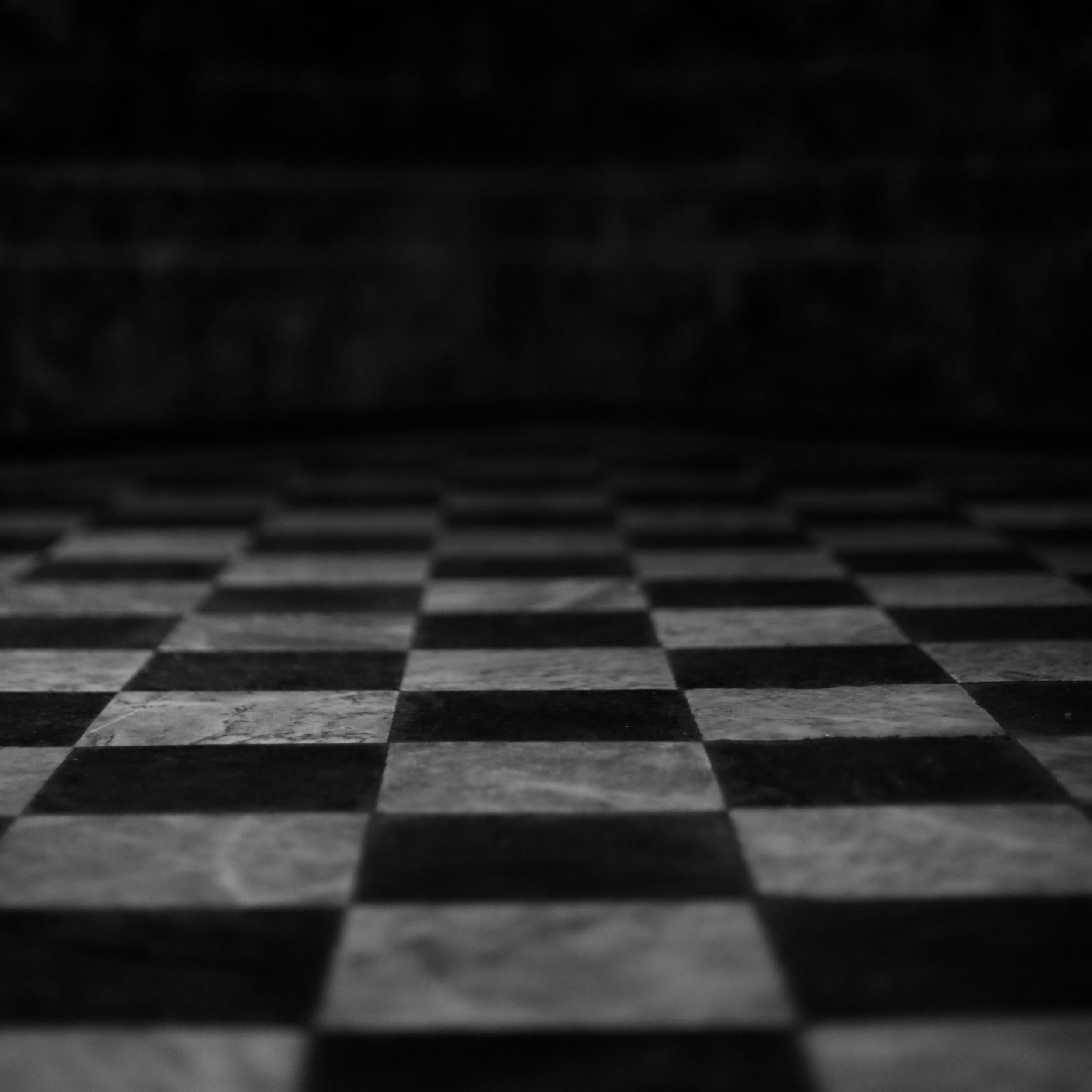In a famous proverb, it is said that the winner writes history. And throughout history, the battles over the right and official interpretation of the history of countries, communities and organizations can be observed. It is a battle about the right and wrong interpretation of what actually happened. And the same can be said about the future.
Working with organizations and communities in transformation, this questioning and exploration of our interpretations of past and future is essential. Working with stories in this context is a powerful means to dismantle our own assumptions of past and future and mine our experiences, the moments we lived through, for alternative interpretations – as these interpretations might not be our own, or exclude important elements. It is about creating a story that we can own.
Used and Disowned pasts & futures
...narratives are coded as visual images, as symbols, as stereotypes, and as performances of behavior so ritualized that we may be unaware of the narratives we implicitly accept and enact. Julien Rappaport
Thinking about this transformation, two concepts inspired me lately: In his work, futurist Sohail Inayatullah makes a useful distinction between „used“ and „disowned“ futures.
„Used“ futures are those ideas about the future that we have taken from somewhere else an made our own. These images and ideas might take the form of taken-for-granted beliefs, informing what we think is possible or impossible in the future. But more importantly, they are not our own. They derive from powerful discourses, from significant others or grand narratives that are taken as truth. Examples can be found in society, organizations and individuals.
Are we making our career decisions on our own terms or are we living into the dreams of our parents? Do developing countries merely adapt a vision from western modernity and take them as their desired future? Are organizations bound to the path laid out in the past by a powerful founder, or are they ready to adapt and change their path?
„Disowned“ futures are the flip-side of our envisioning of the future. Every image and vision sheds light on something and casts shadow on something else. When we form an image of the future we commit to it; we own it. At the same time, we „disown“ alternative views, alternative possibilities. To put it more emphatically: disowned futures are the alternative futures that we do not want to see. The alternatives, that we are consciously or unconsciously suppressing.
Yet, these disowned futures often contain the keys to further development and the seeds for a better and more wholesome transformation.
Negating them makes them stronger, as the negation always carries the negated with it. There is no use in running away from disowned futures – and pasts.
There is no future without past – against the tabula rasa
The distinction made by Sohail Inayatullah is not only valid for the future, but also for the past. And indeed: thinking about transforming our images of the future, often entails a conscious and active engagement with our past. Contrary to the view that dominated western modernity, we cannot simple create a tabula rasa and start completely new.
The future is not, in a fundamental sense, a clear break with the past, but a transformation of the patterns of the past. We cannot wipe the slate clean.
Re-Authoring Futures therefore also contains a paradox: in order to re-write the future, we need to engage with the past. Not only because that if we disown elements of our past they will come back to haunt us, but because our experiences of the past are the very material that we can use to create our futures. The moments we remember form the backdrop on which every new vision of the future is emerging.
Through looking at the things we just use from others or that we do not own, we develop the freedom to re-interprete, re-assemble and re-construct new futures.
Wholing and Healing
This is one of the central tenets of the dynamics described in different words in the practices developed to support organizations, communities and individuals in transformation.
Healing and wholing in working with stories
An excerpt from the 2017
key note by Mary Alice Arthur
From a narrative point of view, it refers to one of the „uses“ of story described by Mary Alice Arthur in her key note at BEYOND STORYTELLING 2017. Besides „Sensemaking“ and „Influencing“ she emphasizes the power of stories to support our „Wholing and Healing“.
For me, the term wholing was a new one. In the context of disowned pasts and future, it refers to the acknowledgement and integration of disowned stories. What are the stories that we haven´t acknowledged; that we haven´t accepted as our own?
Being with these suppressed stories, inviting them into our conversation is a key to transformation. This is not an easy thing to do, often painful and not without conflict. Yet, if we don´t do it, we might finding ourselves living into the same stories over and over again.
———
Dive Deeper:
- Sohail Inayatullah will hold a key note and a masterclass at BEYOND STORYTELLING 2018.
- Katarina Veselko will hold a workshop on „Owning your Stories“
- Mary Alice Arthur will hold a workshop on „StoryActivism“
- Chené Swart will talk about re-authoring practices






